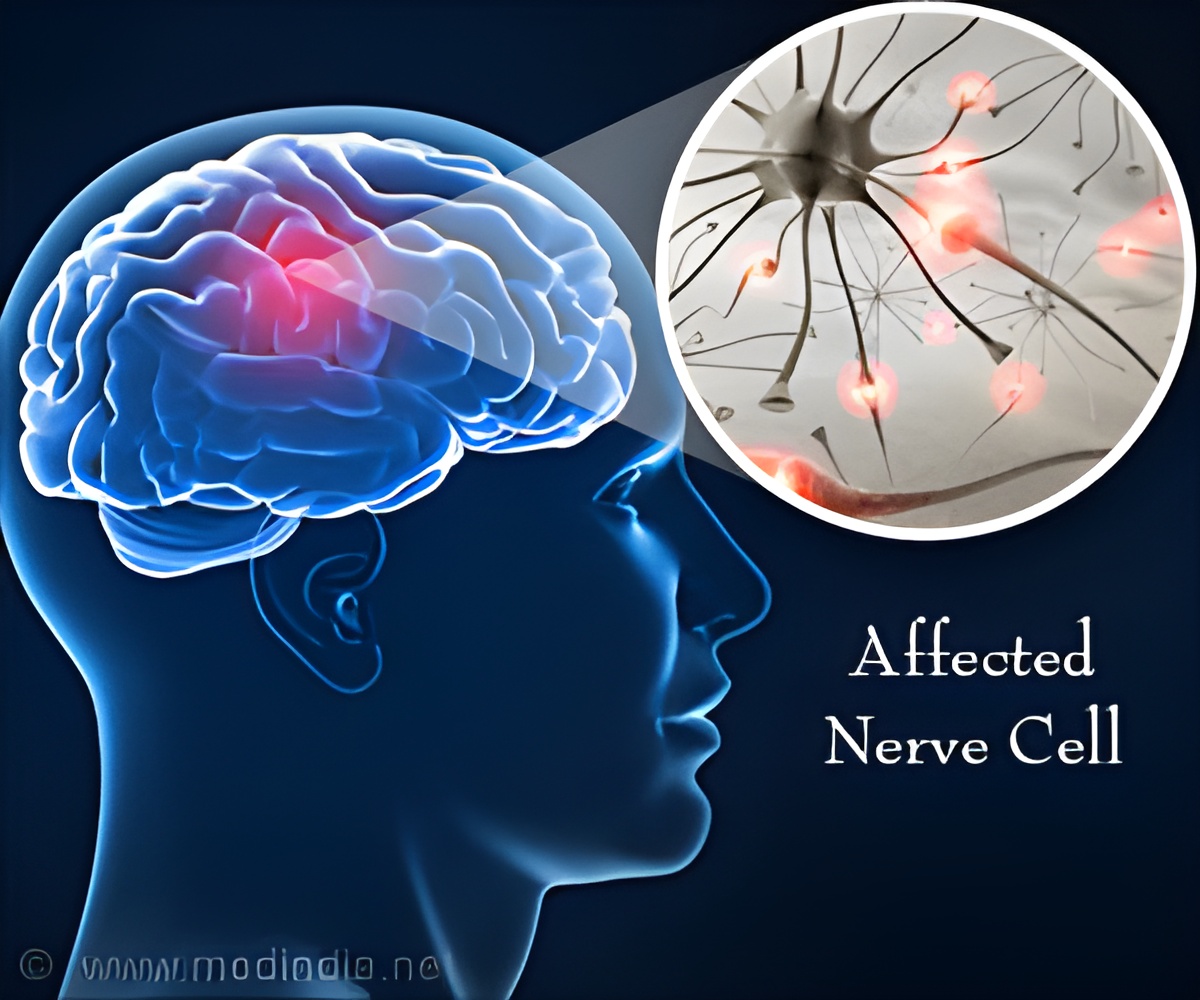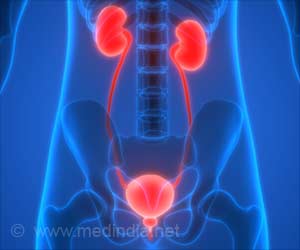PQBP3 relocates during cell aging, causing damage to the cell’s nuclear membrane that could be targeted for new treatments.

PQBP3 prevents senescence by suppressing PSME3-mediated proteasomal Lamin B1 degradation
Go to source).
‘Cells stop dividing permanently in senescence but remain alive. #cellaging #braindiseases #senescence #medindia’





The research team discovered multiple proteins in the PQBP family by carefully screening normal proteins that bind to disease-causing polyglutamine proteins that can cause Huntington's disease. They first examined the roles and pathological importance of PQBP1 and PQBP5 and then focused on PQBP3. How PQBP3 Relocation Affects Nuclear Membrane Stability
To study the role of this PQBP3 (polyglutamine binding protein 3), the researchers employed cellular senescence as a model to study aging. Through super-resolution fluorescence microscopic observations, the researchers observed something peculiar about the location of PQBP3.“PQBP3 typically localizes around the periphery of the nucleolus within the nucleus, but during senescence, PQBP3 relocated from the nucleolus to the nucleoplasm or cytoplasm,” says Prof. Okazawa. He adds, “This relocation of PQBP3 was accompanied by leakage of nuclear DNA into the cytoplasm. Most importantly, we then observed via electron microscopy that the nuclear membrane structure was destabilized in cells where PQBP3 had moved to the cytoplasm.”
To shed light on this destabilization of the nuclear membrane, the researchers conducted a bioinformatics analysis using protein interaction databases. The results suggested that PQBP3 binds to a protein called proteasome activator complex subunit 3 or PSME3, which plays a key role in the degradation of other proteins.
Upon further investigation, the team found that, under normal circumstances, a portion of PQBP3 moves from the nucleolus to the nuclear membrane and binds to PSME3, suppressing its degradation of Lamin B1, another protein found in the nuclear membrane. However, the rate of these changes declines in senescent cells and thus Lamin B1 is degraded more rapidly, thereby failing to stabilize the nuclear membrane.
Advertisement
Using PQBP3 to Treat Cell Aging and Brain Diseases
Finally, to link these findings to neurodegenerative disorders, the researchers conducted experiments in cell cultures and mouse models of spinocerebellar ataxia type 1 (SCA1), a polyglutamine disease.They found that PQBP3 was ‘captured’ by the so-called inclusion bodies, which are abnormal protein aggregates characteristic of SCA1. In turn, this lowered the levels of PQBP3 in the nucleolus, limiting its functionality and leading to the destabilization of the cellular membrane.
Advertisement
Okazawa remarks, “Since PQBP3 function loss can occur in both cellular senescence and neurodegeneration in brain neurons. Therefore, targeting PQBP3 theoretically makes it possible to improve both brain aging and neurodegeneration.” However, in cells other than neurons, PQBP3 can be a risk factor for cancer, given that cellular senescence likely helps suppress cancer.
“PQBP3 may be a double-edged sword, as it is involved in a fundamental biological problem of contrasting cellular pathologies, namely cancer and neurodegeneration,” warns Prof. Okazawa. In summary, unraveling the connection between aging and neurodegeneration could pave the way for novel and effective therapies for these diseases.
Reference:
- PQBP3 prevents senescence by suppressing PSME3-mediated proteasomal Lamin B1 degradation - (https:www.embopress.org/doi/full/10.1038/s44318-024-00192-4)
Source-Eurekalert












